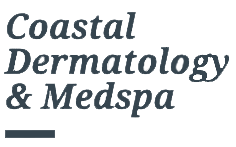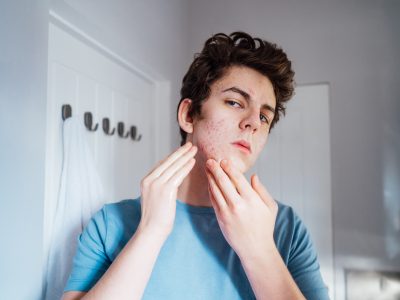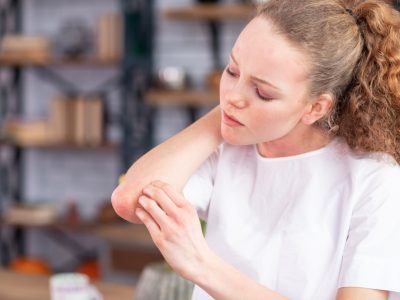Jacksonville’s Source for Skin Care & Beauty Tips
Teen Acne Treatments: A Dermatologist’s Guide for Back to School
Back-to-school season brings a mix of excitement and nerves—new classes, new routines, and plenty of…
Dermatologist-Approved Tips for Sun-Safe Skin All Summer Long
Summer in Jacksonville means sunshine, beach days, and plenty of time outdoors, but it also…
Welcome to Our New Website!
Welcome to our new website. At Coastal Dermatology & Medspa, we believe that true aesthetics…
A Guide to Skin Self-Checks You Can’t Ignore
We all know we should be checking our skin, but let’s be honest; it’s easy…
Get More Advice From Our Skin Care Experts!
For personalized advice on enhancing your skin’s health and appearance, schedule an appointment at one of Coastal Dermatology’s clinics in Northeast Florida today!




